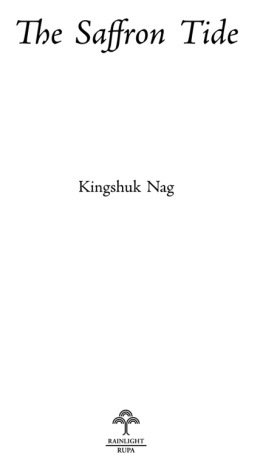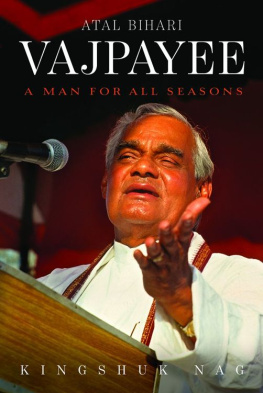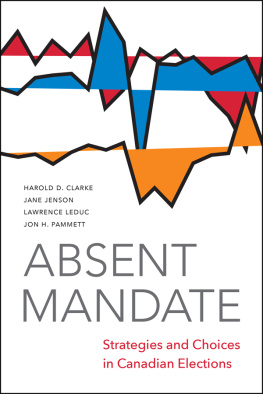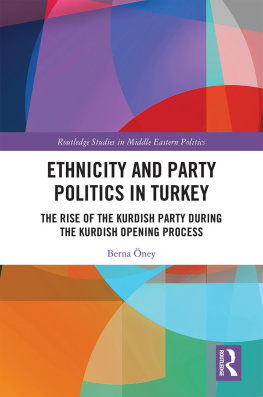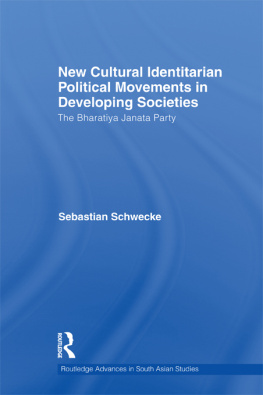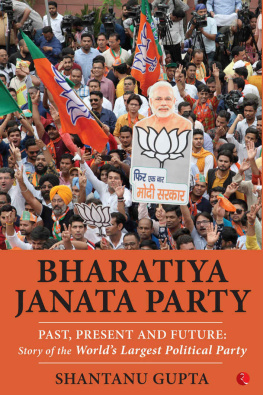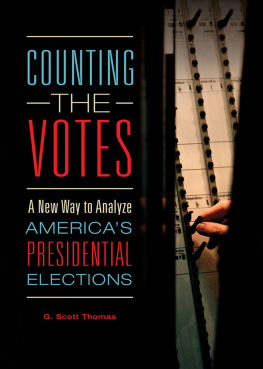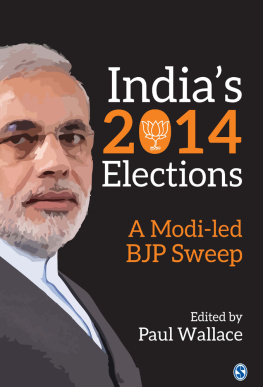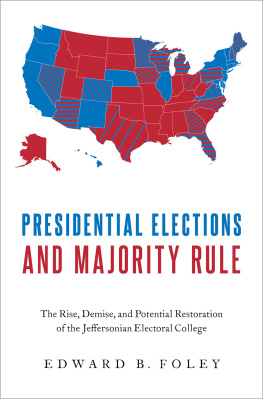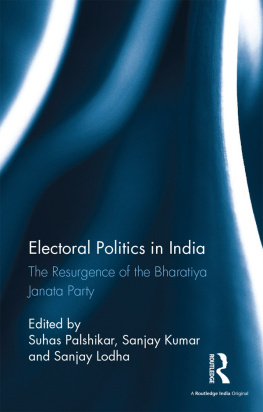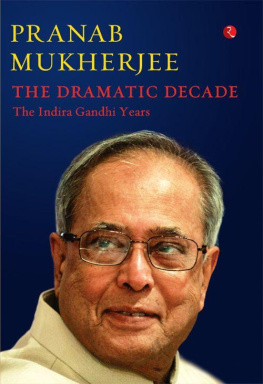Nag - The saffron tide
Here you can read online Nag - The saffron tide full text of the book (entire story) in english for free. Download pdf and epub, get meaning, cover and reviews about this ebook. City: Array, year: 2014, publisher: Published in Rainlight by Rupa Publications India Pvt. Ltd, genre: Politics. Description of the work, (preface) as well as reviews are available. Best literature library LitArk.com created for fans of good reading and offers a wide selection of genres:
Romance novel
Science fiction
Adventure
Detective
Science
History
Home and family
Prose
Art
Politics
Computer
Non-fiction
Religion
Business
Children
Humor
Choose a favorite category and find really read worthwhile books. Enjoy immersion in the world of imagination, feel the emotions of the characters or learn something new for yourself, make an fascinating discovery.
The saffron tide: summary, description and annotation
We offer to read an annotation, description, summary or preface (depends on what the author of the book "The saffron tide" wrote himself). If you haven't found the necessary information about the book — write in the comments, we will try to find it.
Nag: author's other books
Who wrote The saffron tide? Find out the surname, the name of the author of the book and a list of all author's works by series.
The saffron tide — read online for free the complete book (whole text) full work
Below is the text of the book, divided by pages. System saving the place of the last page read, allows you to conveniently read the book "The saffron tide" online for free, without having to search again every time where you left off. Put a bookmark, and you can go to the page where you finished reading at any time.
Font size:
Interval:
Bookmark:

Published in Rainlight by
Rupa Publications India Pvt. Ltd 2014
7/16, Ansari Road, Daryaganj
New Delhi 110002
Sales centres:
Allahabad Bengaluru Chennai
Hyderabad Jaipur Kathmandu
Kolkata Mumbai
Copyright Kingshuk Nag 2014
All rights reserved.
No part of this publication may be reproduced, transmitted, or stored in a retrieval system, in any form or by any means, electronic, mechanical, photocopying, recording or otherwise, without the prior permission of the publisher.
eISBN: 9788129134295
First impression 2014
10 9 8 7 6 5 4 3 2 1
The moral right of the author has been asserted.
Printed at [PRINTER'S NAME, CITY}
This book is sold subject to the condition that it shall not, by way of trade or otherwise, be lent, resold, hired out, or otherwise circulated, without the publisher's prior consent, in any form of binding or cover other than that in which it is published.
In the memory of my friend, Alok Mukherjee, with whom I spent hours discussing everything under the sun and who, alas, departed early.
Index
 n December 1967 at Jana Sanghs plenary session at Calicut (now Kozhikode), the newly elected president of the party, Deendayal Upadhyaya, thundered: The enlightened mind of the country regards untouchability in social life as a sin. But, curiously, in political life, the practice of untouchability is something that some of the enlightened people feel proud about. He added: Sometimes the sheer political arithmetic would prompt others to overlook, for the time being, Jana Sanghs untouchability and do business with it. He gave the example of the Samyukta Vidhayak Dal (SVD) governments that were formed in many states earlier that year after general elections. In some states, the Communist Party of India (CPI) had allied itself with the Jana Sangh to form the government.
n December 1967 at Jana Sanghs plenary session at Calicut (now Kozhikode), the newly elected president of the party, Deendayal Upadhyaya, thundered: The enlightened mind of the country regards untouchability in social life as a sin. But, curiously, in political life, the practice of untouchability is something that some of the enlightened people feel proud about. He added: Sometimes the sheer political arithmetic would prompt others to overlook, for the time being, Jana Sanghs untouchability and do business with it. He gave the example of the Samyukta Vidhayak Dal (SVD) governments that were formed in many states earlier that year after general elections. In some states, the Communist Party of India (CPI) had allied itself with the Jana Sangh to form the government.
But why were parties mostly reluctant to partner with the Jana Sangha phenomenon that has continued for decades? The answer can be found in the Jana Sanghs (and later the Bharatiya Janata Partys or the BJPs) concept of cultural nationalism and Hindutva, which defined its political ideology. This concept was spelt out for the first time in the BJPs election manifesto ahead of the 1998 elections: The BJP is committed to the concept of one nation, one people and one culture The unique cultural and social diversity of India is woven into a larger civilizational fabric by thousands of years of common living for common shared values and beliefs and customs. Our nationalist vision is not merely bound by geographical or political identity of Bharat but it is referred by our timeless heritage. This cultural heritage that is central to all religions, regions and languages in a civilizational identity constitutes the cultural nationalism of India and which is the core of Hindutva.
Many found this theory of the BJP abhorrent because it seemed to convey that India was monocultural. There was no scope for diversity, the diversity that promoted unity. What added to the discomfort of many was the aggressive sloganeering by Sangh Parivar outfits in the mid-1980s: Garv se kaho ki hum Hindu hain. (Say with pride that we are Hindus.) This war cry had been coined by M.S. Golwalkar, the long-standing sarsanghchalak of the Rashtriya Swayamsavk Sangh (RSS), BJPs parent body. Critics compared BJPs vision to that of Jawaharlal Nehru, the prime minister of India for seventeen years after Independence. Nehru had endeavoured to model the Indian Republic on the basis of western democracies with secularism as the cornerstone of his policies. Many said that this was a better model to run a country comprising people of many religions and sub-nationalities.
But is it possible to run a country where 85 per cent of the people are Hindus without catering to their interests? Is it possible to win elections in India without polling the Hindu vote? Was Nehrus Indian Republic really secular or was the Hinduness of the country couched in secular terms? Did the BJP become a victim of criticism because of promoting its cause too blatantly? Was this the same cause that the Congress had been promoting, albeit in a softer fashion?
Sample this: Indias first major communal conflagration post-Independence took place in Jabalpur, Madhya Pradesh. Though there are different versions of how the riots of February 1961 started, Prime Minister Jawaharlal Nehru was very disturbed by the turn of events. What troubled him more was that members of his party did nothing to stop the riots even though the reigning government in the state was that of the Congress. On his first visit to Bhopal after the riots, Nehru addressed Congressmen and asked them why they had hidden in their homes like women in burkhas when the riots broke out.
Undoubtedly, Nehru sought to govern India as a secular republic. But, in reality, this secularism was only skin-deep; on paper, the country was administered as a secular republic, but barring a few men like Nehru, others were quite pro-Hindu in their thinking. These menmany of whom adorned the top echelons of administration in Delhi and other stateswere not communal. At least, they did not feel that they were communal. For them, Hinduism was the Indian way of life and reflected the ethos of the country. So being Hindu was the natural thing. For them, this also did not mean that they were disrespectful of other religions or their adherents. These leaders found nothing wrong with being secular and Hindu at the same time.
The Congress party reflected Hindu thinking even before Independence. In fact, the British thought that the Congress was full of seditious Brahmins. Jinnahs Muslim League gained traction only because it was able to hammer in the point that the Congress reflected the interests of the Hindus alone, though this was not true. But what the party practiced was full of Hindu symbolismVande Mataram was the anthem of the freedom fightersdrawn from Bankim Chandra Chattopadhyays Anandamath, the song is sung in the novel by Hindus rebelling against their Muslim kings. Mahatma Gandhi talked of Ram Rajya and his favourite hymn was the Gujarati bhajan, Vaishnav Jana toh Tene Kahiye.
The Congress partyboth before and after Independencehad leaders who reflected their Hindu thinking. A good example is that of Mehr Chand Khanna who, as Nehrus rehabilitation minister, was in charge of settling refugees from West Pakistan. Hailing from Peshawar, Mehr Chand entered politics at an early age and founded the Hindu Sabha. Later, he joined the Hindu Sikh nationalist party and became the finance minister of the Peshawar state government. After Partition he was arrested and put in jail in his home state. Ultimately he came to India and joined the Nehru government after getting elected to the Lok Sabha from the New Delhi seat. Mehr Chand served the Nehru cabinet later as the housing as well as the law minister.
He was not the only one with Hindu credentials in the Nehru cabinet. Ministers like Kanaiyalal Munshi were even more Hindu in their approach. Munshi, the founder of Bharatiya Vidya Bhavan set up in 1938 to promote Indian culture, was a member of the Constituent Assembly and later the food and agriculture minister in the Nehru cabinet. He was a well-known Gujarati writer of historical fiction. After the Gujarat riots of 2002, analysts held the popularity of his novels (that had themes like the continual assaults on the Somnath temple by Mahmud of Ghazni) as one of the contributing factors for the Hinduization of the state.
Font size:
Interval:
Bookmark:
Similar books «The saffron tide»
Look at similar books to The saffron tide. We have selected literature similar in name and meaning in the hope of providing readers with more options to find new, interesting, not yet read works.
Discussion, reviews of the book The saffron tide and just readers' own opinions. Leave your comments, write what you think about the work, its meaning or the main characters. Specify what exactly you liked and what you didn't like, and why you think so.

